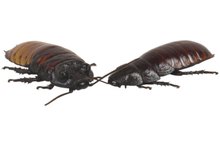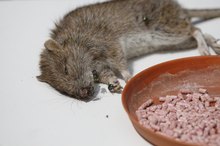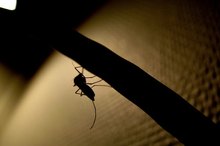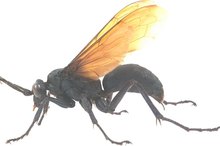How to Identify Signs of Mothball Poisoning
How to Identify Signs of Mothball Poisoning. Mothballs are a pesticide and their ingredients can be harmful to humans and pets. If mothballs are ingested or inhaled, there is a danger of serious illness. Some effects are obvious at once, while others can take longer to develop.
If you are experiencing serious medical symptoms, seek emergency treatment immediately.
Try to determine whether a person or pet has been in contact with mothballs. If you suspect that a child or pet has eaten mothballs, do not wait for symptoms. Seek medical help immediately.
What Happens If Borax Is Ingested?
Learn More
Watch for signs of eye, nose, throat and lung irritation, respiratory problems, vertigo, confusion, headache, nausea, vomiting and/or fatigue.
Look for convulsions within an hour of when mothballs are ingested.
Symptoms of Rat Poisoning
Learn More
Investigate any liver or kidney problems, or be suspicious if hemolytic anemia develops.
Call the national Poison Control Center, 1-800-222-1222, or a local center, if you suspect mothball poisoning.
Keep in mind that long-term exposure to mothball vapors can cause adverse effects. If an elderly person or her house reeks of mothballs, warn her of the risks of mothball poisoning.
Tips
Mothballs contain naphthalene and paradichlorobenzene - naphthalene is the most dangerous. Store mothballs in a well-ventilated area away from children and pets. Do not store baby clothes in mothballs. The naphthalene can be absorbed through the skin when the child is dressed in the clothes. Signs of mothball poisoning in the elderly may be mistaken for dementia.
Warnings
Mothballs are hazardous waste and should be disposed of at a licensed hazardous waste facility. Do not handle mothballs with your bare hands. Always wear gloves. Mothball ingestion or repeated exposure to fumes can be fatal.
Related Articles
Tips
- Mothballs contain naphthalene and paradichlorobenzene - naphthalene is the most dangerous.
- Store mothballs in a well-ventilated area away from children and pets.
- Do not store baby clothes in mothballs. The naphthalene can be absorbed through the skin when the child is dressed in the clothes.
- Signs of mothball poisoning in the elderly may be mistaken for dementia.
Warnings
- Mothballs are hazardous waste and should be disposed of at a licensed hazardous waste facility.
- Do not handle mothballs with your bare hands. Always wear gloves.
- Mothball ingestion or repeated exposure to fumes can be fatal.
Writer Bio
This article was written by the CareerTrend team, copy edited and fact checked through a multi-point auditing system, in efforts to ensure our readers only receive the best information. To submit your questions or ideas, or to simply learn more about CareerTrend, contact us [here](http://careertrend.com/about-us).







